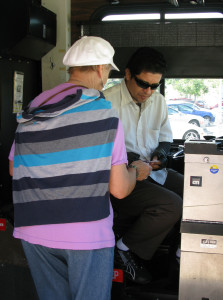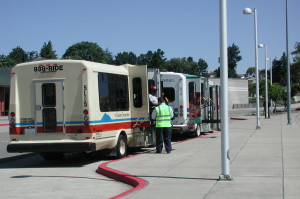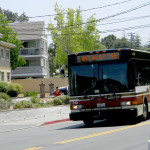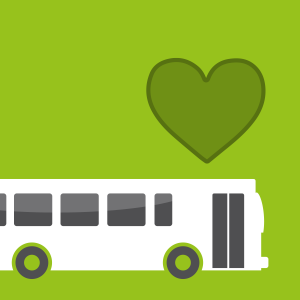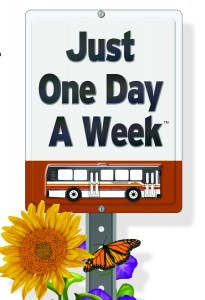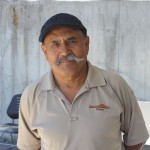A Bus Operator Does Far More Than Drive
A bus operator is more than a driver of a bus or paratransit vehicle (paratransit vehicles serve seniors and people with disabilities, often door-to-door). In fact, for many people, the bus operator is the bus system. This is true at County Connection. Our operators are the heroes of our story.
A bus or paratransit vehicle (van) is often a rolling plethora of human activity. People of all types come together to share a ride on a bus or van. Many of our bus or van riders rely on the bus operator to act as customer service representative, peace keeper, and handler of the unexpected, in addition to driving the bus or van during a trip.
Think about it. It is the bus operator that collects the fares, answers questions about when buses come, where they go, makes riders feel safe, handles things like passengers getting sick while riding, sorts through any conflicts that occasionally arise between passengers, secures mobility devices, offers extra assistance to the elderly, and more.
Paratransit operators are often tasked with helping riders get on and off vehicles, getting to and from doors of buildings, helping with packages, managing riders with IV hook ups or who are in a weakened condition from recent kidney dialysis, making sure confused passengers do not get lost, or making sure passengers are not left in what could be dangerous situations upon reaching a destination.
Bus operators get to know their riders and their communities. They become part of the communities they serve in ways that go well beyond just driver. This provides extra benefits in many ways. One way is with the youth of our area. It is well documented that many youth use County Connection to travel to and from school, as well as other activities. This has created a situation where many of our bus operators get to know these students, as well as the various school schedules. Positive mentoring can occur and does. We have bus operators who know that if certain students board their bus at certain times, that they are probably missing school. These operators will call this out to these youths, telling them that they need be to in class. I have witnessed this first-hand during my career.
We have had bus operators or van operators who have picked up passengers who were in clear need of medical or social services. These operators have been the first link to getting people connected to badly needed social or health services. Sometimes when there are 20 or so people of vastly different walks of life on a bus, two or more passengers may develop a conflict. Bus operators most often can diffuse these situations from escalating into something serious, thereby keeping the peace and keeping everyone safe.
Along a more routine theme, bus operators are often providing riders with instant information on how to use the system effectively. They answer many questions in a given day. Most of our passengers never interact with anyone except their bus operators in using our services.
So, I put forward the notion that a bus or van operator is much more than a driver. They are multi-taskers who are the face of County Connection; much like a police officer is the face of a city – doing much more than catching criminals.
Without our bus operators doing so much more than driving the bus, I suspect that the rider experience would not be anywhere near as good as it is today. In short, our bus operators are indispensable! If you think so too, take a minute and thank your driver!


